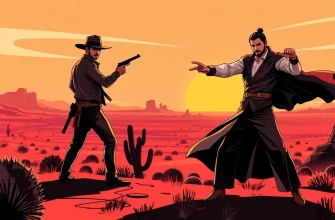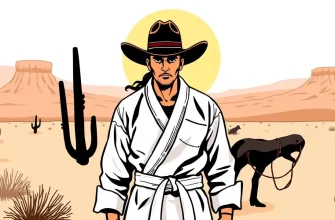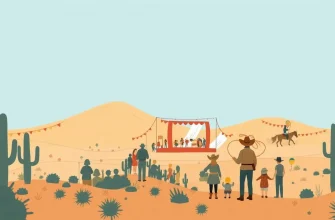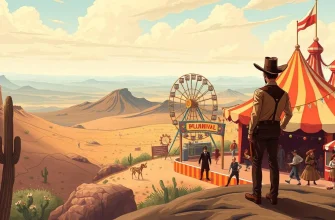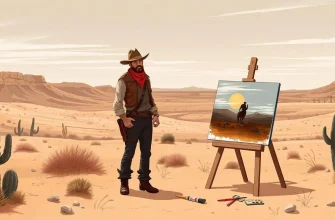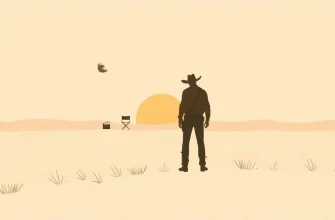The Wild West, with its rugged landscapes and tales of outlaws, has always been a fertile ground for cinematic storytelling. But what happens when you add the rhythm of dance to this classic genre? This collection brings together 10 films that fuse the spirit of the frontier with the elegance and energy of dance. From tap-dancing cowboys to saloon showdowns with a twist, these films offer a unique viewing experience that celebrates both the wildness of the West and the universal language of dance. Whether you're a fan of Westerns or dance movies, or simply looking for something different, this curated list promises to entertain and surprise.
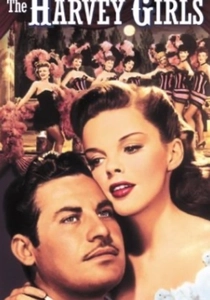
The Harvey Girls (1946)
Description: While not a traditional Western, this film features waitresses in the Old West who bring a touch of civilization, including dance, to the frontier towns, highlighting the clash and blend of cultures through song and dance.
Fact: Judy Garland, who starred in the film, was initially reluctant to take the role, but her performance, especially in the dance numbers, became one of the highlights of her career.
 Watch Now
Watch Now 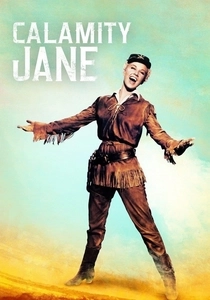
Calamity Jane (1953)
Description: This film tells the story of the legendary Wild West figure Calamity Jane, who, amidst her adventures, finds love and showcases her dance skills in a memorable saloon scene.
Fact: Doris Day, who played Calamity Jane, was not only a singer but also a talented dancer, making her performance in this film particularly engaging.
 Watch Now
Watch Now 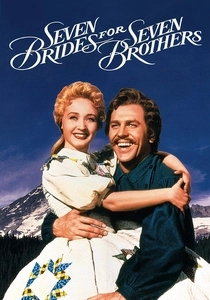
Seven Brides for Seven Brothers (1954)
Description: This classic musical comedy features a group of rugged brothers who, in their quest for love, learn the art of courtship through dance, leading to a memorable barn-raising dance sequence that captures the essence of both Western and dance genres.
Fact: The film was nominated for five Academy Awards, winning for Best Scoring of a Musical Picture. The barn-raising dance was choreographed by Michael Kidd, who also won a Tony Award for his work on Broadway.
 Watch Now
Watch Now 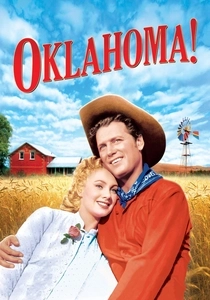
Oklahoma! (1955)
Description: Set in the early days of the American West, this film adaptation of the Rodgers and Hammerstein musical includes iconic dance numbers like "The Farmer and the Cowman" and "Oklahoma!" which blend the frontier spirit with the joy of dance.
Fact: The film was shot in Todd-AO, a widescreen format that was new at the time, providing a grand visual experience. It was also one of the first films to be released in stereo sound.
 Watch Now
Watch Now 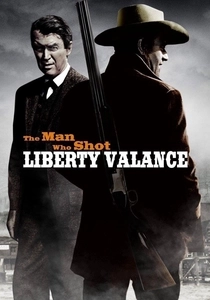
The Man Who Shot Liberty Valance (1962)
Description: Although not primarily about dance, this film includes a scene where characters engage in a dance at a political rally, symbolizing the transition from the Old West to a more civilized society.
Fact: The film is often cited for its exploration of the myth versus reality of the West, with the dance scene serving as a poignant moment of transition.
 Watch Now
Watch Now 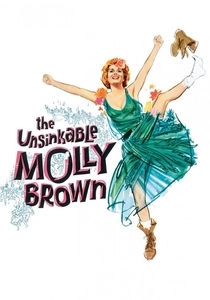
The Unsinkable Molly Brown (1964)
Description: Although not strictly a Western, this film captures the spirit of the American frontier through the life of Molly Brown, with dance sequences that reflect her vivacious personality and the era's optimism.
Fact: The film was based on the real-life story of Margaret "Molly" Brown, who survived the Titanic disaster. It was nominated for six Academy Awards, including Best Picture.
 Watch Now
Watch Now 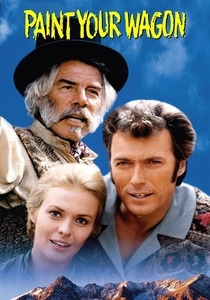
Paint Your Wagon (1969)
Description: This Western musical comedy features a mining town where a dance hall becomes the center of community life, with dance numbers that reflect the era's spirit and the characters' evolving relationships.
Fact: The film starred Clint Eastwood, who was known for his Western roles, but here he sang and danced, showcasing a different side of his talent. The movie was also one of the first to use the term "Pardner" in its title.
 Watch Now
Watch Now 
The Ballad of Cable Hogue (1970)
Description: This film by Sam Peckinpah includes a dance sequence where the protagonist, Cable Hogue, celebrates his newfound success with a dance, symbolizing his personal growth and the changing times.
Fact: The film was one of Peckinpah's more optimistic works, focusing on themes of redemption and the American Dream, with the dance scene encapsulating these themes.
 Watch Now
Watch Now 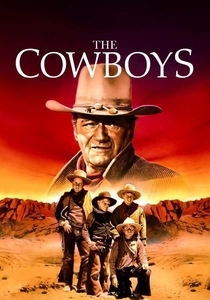
The Cowboys (1972)
Description: This Western features a cattle drive where the young cowboys learn not only about life on the range but also about camaraderie through a spontaneous dance around the campfire.
Fact: The film marked a departure for John Wayne, who played a more vulnerable character than usual, and it was one of his last major roles.
 Watch Now
Watch Now 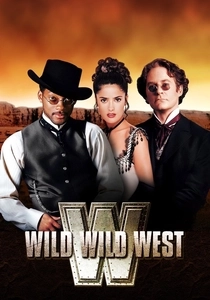
The Wild Wild West (1999)
Description: While primarily a steampunk Western, this film includes a memorable dance scene where the characters engage in a high-stakes dance-off, blending the old West with futuristic elements.
Fact: The film was inspired by the 1960s TV series of the same name, but took a more comedic and action-packed approach, including the dance sequence as a nod to the original show's light-hearted tone.
 Watch Now
Watch Now 

